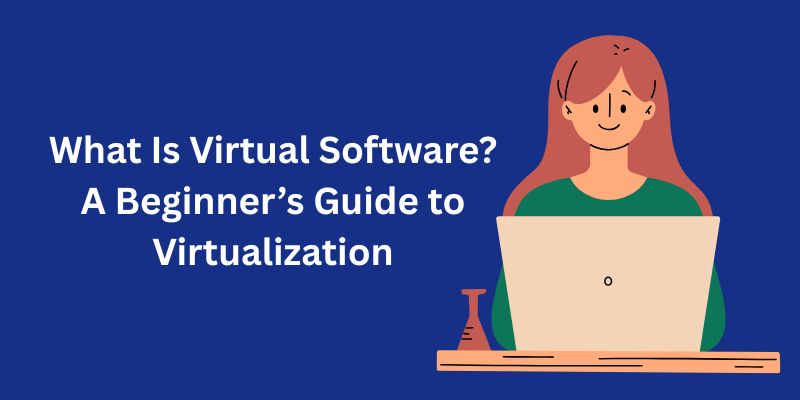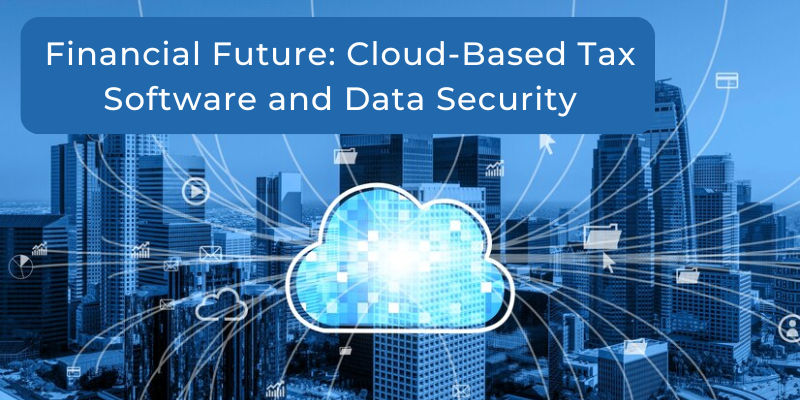What Is Virtual Software? A Beginner’s Guide to Virtualization

Strong 8k brings an ultra-HD IPTV experience to your living room and your pocket.
As digital transformation continues to reshape industries, the role of virtual software has become increasingly significant. Whether you're a tech novice or a small business owner exploring ways to modernize your IT infrastructure, understanding the fundamentals of virtual software and virtualization is a critical step forward.
This guide breaks down what virtual software is, explains how virtualization works, highlights key use cases—especially Virtual Desktop Hosting—and answers the most frequently asked questions.
What Is Virtual Software?
At its core, virtual software allows you to run a simulated version of a computer system—be it an operating system, a server, or a desktop—within a software-based environment. Instead of relying on physical hardware to perform specific functions, virtual software abstracts those functions and runs them on a virtual layer.
This is made possible through a technology called virtualization, which allows one physical machine to run multiple virtual environments simultaneously. These environments operate independently of one another, each with its own operating system and allocated resources.
Understanding Virtualization
Virtualization is the process of creating a virtual version of something—like a server, desktop, storage device, network, or even an entire operating system. These virtual instances are managed by a layer of software called a hypervisor.
Types of Virtualization
Server Virtualization
Allows one physical server to run multiple virtual servers. This improves resource utilization and reduces hardware costs.
Desktop Virtualization (Virtual Desktop Hosting)
Enables users to access their desktops from anywhere by hosting them on a central server. Ideal for remote work and centralized IT management.
Storage Virtualization
Combines physical storage from multiple devices into one virtual storage pool.
Network Virtualization
Separates the control plane from the hardware in network devices, allowing for dynamic resource allocation and increased flexibility.
Application Virtualization
Lets applications run in environments separate from the host OS, reducing conflicts and improving portability.
How Does Virtualization Work?
Virtualization operates through a hypervisor, which sits between the hardware and the virtual machines (VMs). The hypervisor is responsible for allocating hardware resources like CPU, memory, and disk space to each virtual environment.
Types of Hypervisors
Type 1 (Bare-metal): Runs directly on the physical hardware. Examples include VMware ESXi and Microsoft Hyper-V.
Type 2 (Hosted): Runs on top of an existing operating system. Examples include VirtualBox and VMware Workstation.
Virtual Desktop Hosting: A Key Use Case
Among all virtualization applications, Virtual Desktop Hosting has seen a sharp rise in popularity, especially with the shift to remote work and hybrid environments.
What is Virtual Desktop Hosting?
Virtual Desktop Hosting involves running a desktop operating system within a virtual machine that resides on a centralized server or cloud platform. Users can access their desktops from any device, anywhere, with consistent performance and security.
Benefits
Remote Access: Access your full desktop environment from any internet-connected device.
Centralized Management: Simplifies software updates, patch management, and troubleshooting.
Enhanced Security: Data stays on the central server, reducing the risk of data breaches from lost or stolen devices.
Cost Efficiency: Lower capital expenditures due to reduced hardware dependency.
Scalability: Quickly provision or de-provision desktops based on business needs.
Common Virtual Desktop Hosting Platforms
- Microsoft Azure Virtual Desktop
- VMware Horizon
- Citrix Virtual Apps and Desktops
- Amazon WorkSpaces
Real-World Applications of Virtual Software
Businesses
Use virtual machines to consolidate servers, reduce costs, and support remote teams with virtual desktop hosting.
Software Development
Developers create isolated environments to test software on various operating systems without additional hardware.
Education
Virtual labs allow students to experiment with software and configurations in a risk-free environment.
Healthcare
Doctors and staff can securely access patient data from various locations using virtual desktops.
Disaster Recovery
Virtual environments can be easily backed up and restored, making disaster recovery faster and more reliable.
Advantages of Virtual Software
Flexibility: Easily switch between different operating systems and configurations.
Isolation: Faults in one virtual machine do not affect others or the host system.
Efficient Resource Utilization: Makes better use of hardware resources.
Faster Deployment: New environments can be set up in minutes.
Cost Savings: Reduces the need for physical hardware and associated maintenance.
Challenges and Considerations
Performance Overhead: Virtual machines may not perform as fast as native systems.
Complexity: Managing virtual environments can be complex without proper training.
Licensing Costs: Some virtualization platforms require paid licenses.
Security: Virtual environments must still be properly secured and monitored.
Conclusion
Virtual software is no longer a futuristic concept—it's a foundational element of modern IT. From enabling cost-effective remote work through Virtual Desktop Hosting to simplifying development and data recovery, virtualization offers unmatched flexibility and power.
Whether you’re just getting started or considering a shift in your organization’s IT strategy, investing time to understand and implement virtual solutions can yield long-term benefits in efficiency, scalability, and security.
Frequently Asked Questions
Is virtualization the same as cloud computing?
No, but they are closely related. Virtualization creates virtual environments, while cloud computing delivers services (like virtual desktops) over the internet. Virtualization is a key technology behind cloud services.
What is the difference between Virtual Desktop Hosting and a regular desktop?
A regular desktop runs on local hardware, while a Virtual Desktop Hosting setup runs your desktop environment on a remote server, accessible from any device with an internet connection.
Can I run multiple operating systems using virtual software?
Yes. With a hypervisor like VirtualBox or VMware, you can run different operating systems simultaneously on one physical machine.
Is virtualization secure?
When properly configured, virtual environments can be very secure. However, they must be updated regularly and protected like any other IT infrastructure.
Does Virtual Desktop Hosting work for small businesses?
Absolutely. It can reduce costs, simplify IT management, and enable remote work. Many providers offer scalable plans suitable for small to medium-sized businesses.
Note: IndiBlogHub features both user-submitted and editorial content. We do not verify third-party contributions. Read our Disclaimer and Privacy Policyfor details.



